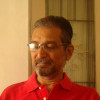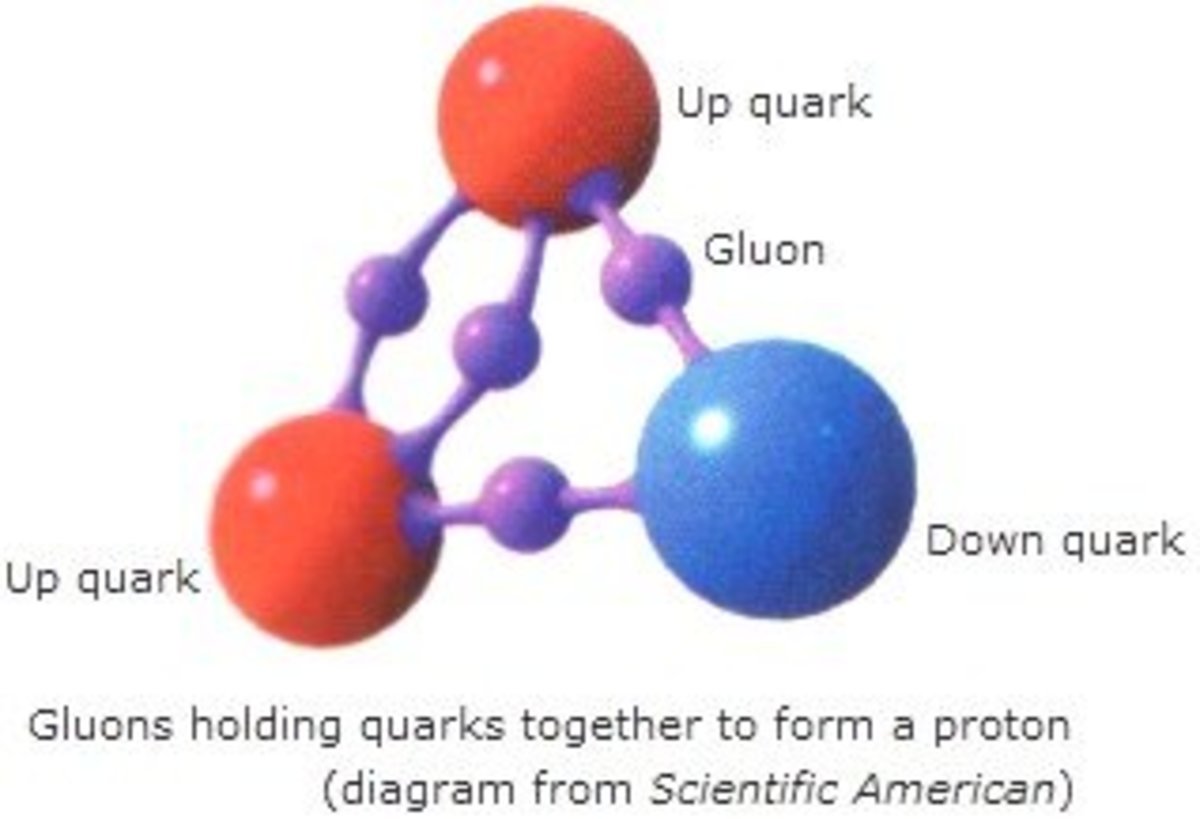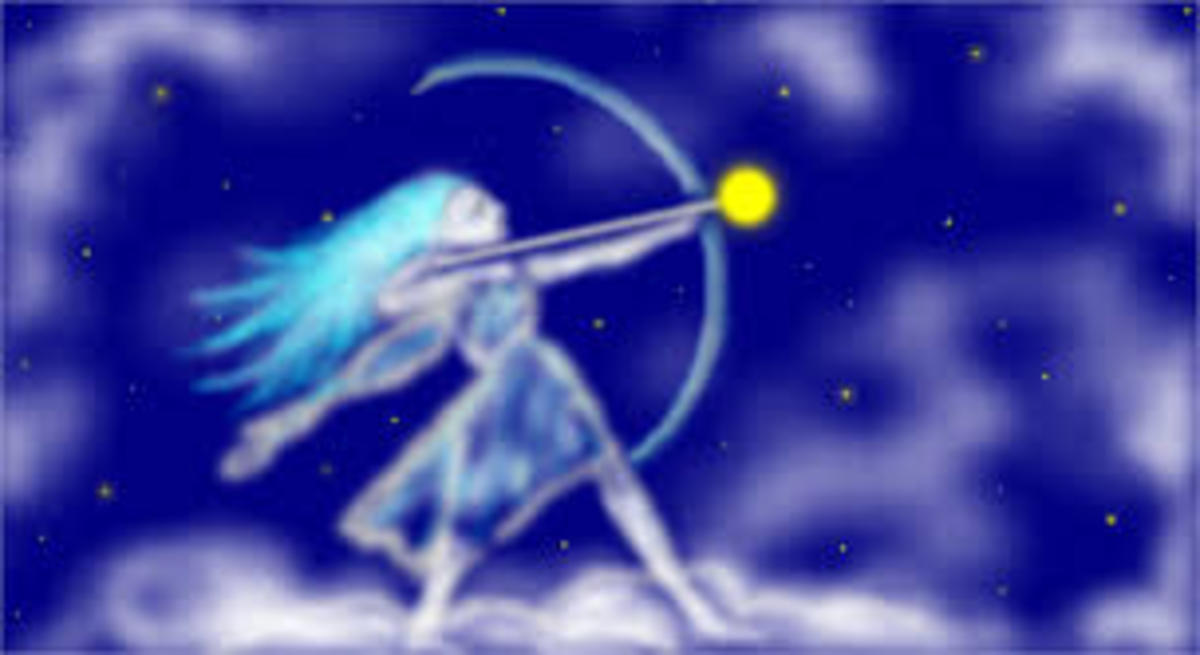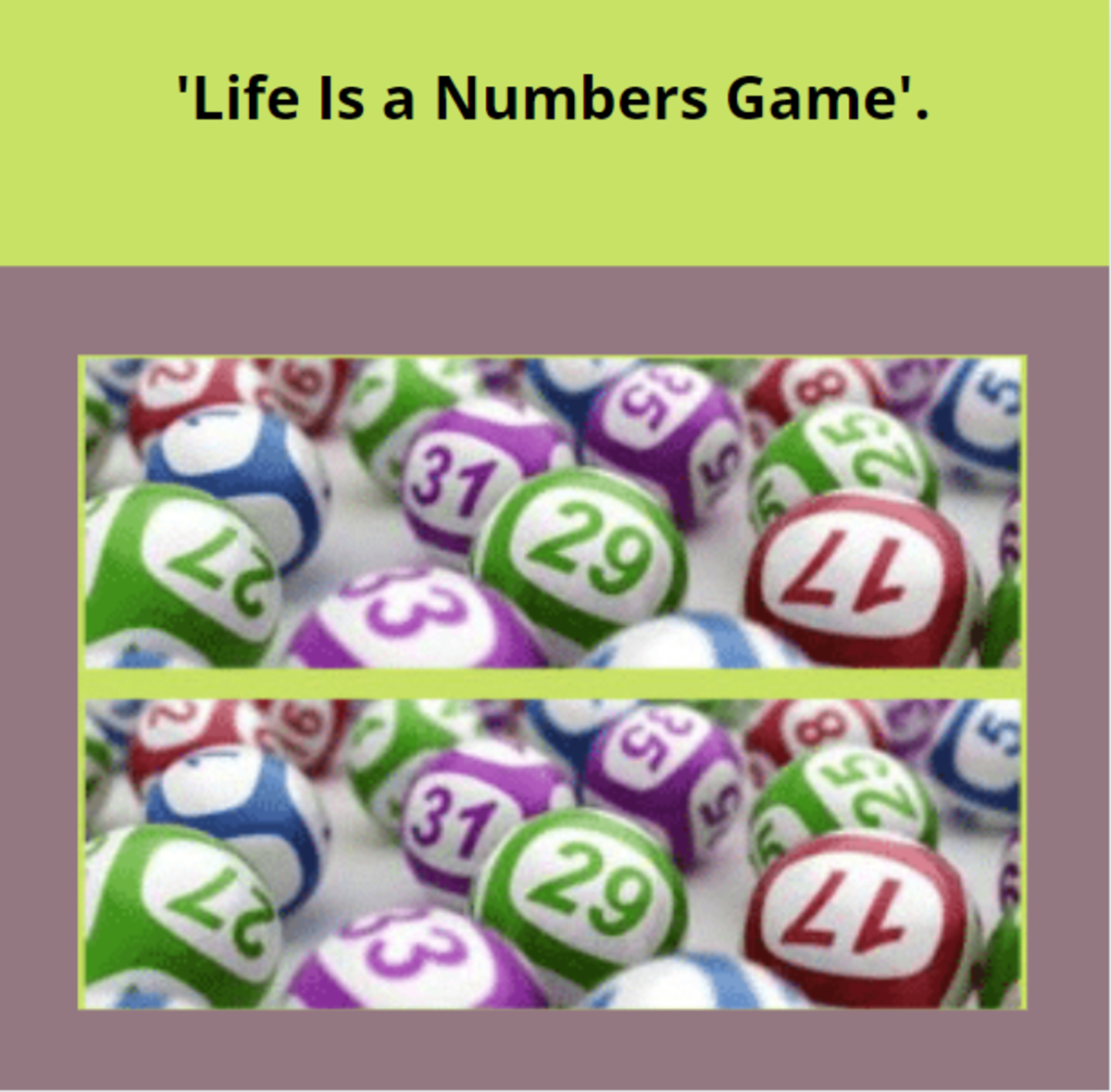Mind and matter, what differentiates the two?
The Question
When Buddha says ‘The mind is everything, what you think you become’, or when you listen to many other sages who announce rather non-intuitive universal truths, like ‘our image of reality as an illusion’, what should we gather? Or, when we consider that an illusion (called ‘maya’) originates when we confuse the reality we experience, with the physical reality, and ‘maya’ is the thing-in-itself, what do we mean? Are we to consider that our notion of matter as a solid substance, or of an abstract entity like the color green, is only a quality, appearing in consciousness? Is it a model of what is "out there"? Or, as it is with many of the models, quite unlike what is actually out there? Where do matter end and mind begin? Is it a reversible relationship?
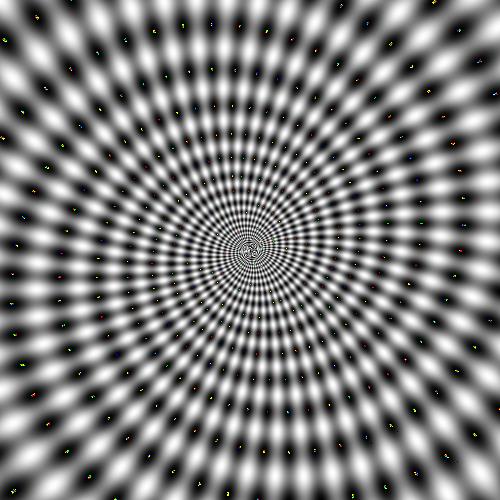
About the Question
I found this a very interesting challenge, for two reasons. No one in history has achieved greatness, without giving an answer to this question. And there is nobody who did not achieve greatness, after reflecting on the true nature of this question.
But I find myself in a corner, whenever I think of an answer.
The Answer
In our journey behind the secrets of matter, which I think must be immensely gratifying since a whole lot of us are always on such trips, we are succeeding to reach more and more into the internals of matter. As we go forward with our studies with the internal structure of matter, its behavior seems to align more and more with that of the spirit. And the line separating the two concepts is becoming rather fuzzy. Terminology may differ, but one of the distinct marks of life, the unpredictability of responses, whether at the same time for the same trigger from different sources, or from the same source for the same trigger at different times, seems to be invading matter in its sub-atomic forms, as well as matter in its living forms.
To illustrate, consider a magnet. If broken into two, we get two small magnets, each having the property of facing north. If we are to go on dividing and we reach the matter in its smallest size for independent existence, each and every one of those particles need not show this property. What we get will be a large number of elementary particles, the majority of which showing the north seeking property of a magnet. And a stronger magnet will yield a greater percentage of particles with such property, the percentage tending to reach hundred, as the strength increases. But if we select a particle at random and examine, it need not be a magnetic one with the property to seek north. The only thing certain about this is that, the greater the strength of the magnet, the higher the probability of a random particle being a magnetic one.
Now consider a nonmagnetic material. If we are to go on dividing it till we reach the matter in its smallest size for independent existence, what we get will be a large number of elementary particles, the majority of those not showing the north seeking property of a magnet. But if we select a particle at random and examine, that particle could very well turn out to be a magnetic one with the property to seek north. The only thing certain about this is that, the probability of such a random particle showing magnetic property, in the case of non-magnet, will be less than that for a magnet.
As another example of mind-body link, take multiple personality disorder, or dissociative identity disorder. This is a mental condition that’s interesting on many levels. Perhaps most intriguing of all is how some sufferers not only exhibit personality and behavior changes as they switch between their different identities, but some also have measurable physiological variations between each persona. For instance, one of a patient’s personalities may need eyeglasses and another won’t. Or, one identity might be diabetic and another will have perfect health. In such cases, it isn’t simply a matter of the patients thinking they need eyeglasses or insulin, their bodies actually go through legitimate alterations, such as differences in intra-ocular pressure or blood sugar levels, as experiments have shown.
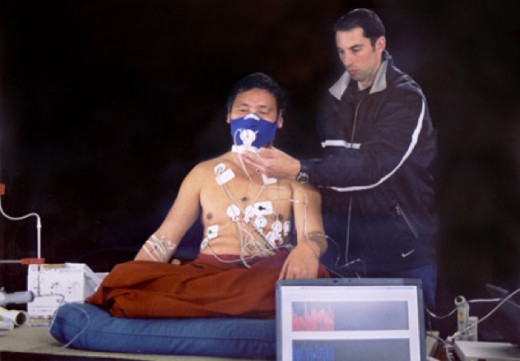
As still another example, take the experiment involving Tibetan monks, where a group allowed physicians to monitor the monk’s bodily changes as they engaged in a meditative yoga technique. During the process the monks were cloaked in wet, cold sheets (49 f / 9.4 c) and placed in a 40 f (4.5 c) room. In such conditions, the average person would likely experience uncontrollable shivering and would shortly suffer hypothermia. However, through deep concentration, the monks were able to generate body heat, and within minutes the researchers noticed steam rising from the sheets that were covering the monks. Within an hour, the sheets were completely dry. (http://listverse.com/2013/05/21/10-amazing-examples-of-mind-over-matter/)
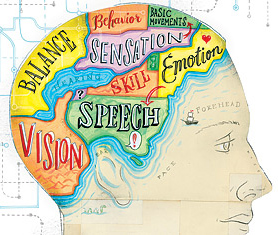
About the Answer
Thus, when we consider a material object in its most basic form of existence, what is seen is the unpredictability of its nature, however well defined was its nature in normal circumstances. Also, the mind is showing certain definite signs, closely associated with matter. Isn’t this pointing to a possibility? Material things, when they are in rather elementary forms, are exhibiting unpredictability, well associated with the spirit. Is matter a manifestation of spirit within certain constraints, like physical limits? Or is it that spirit has no role to play when things are beyond those constraints? Is matter a limiting case of spirit or vice versa? Or, as matter and energy are mutually convertible, and if we consider spirit as a form of energy, is matter and spirit, different instances of the same entity?
I think we are crossing milestones while searching for the secrets of matter. We need to begin a new quest for learning the secrets of mind.
